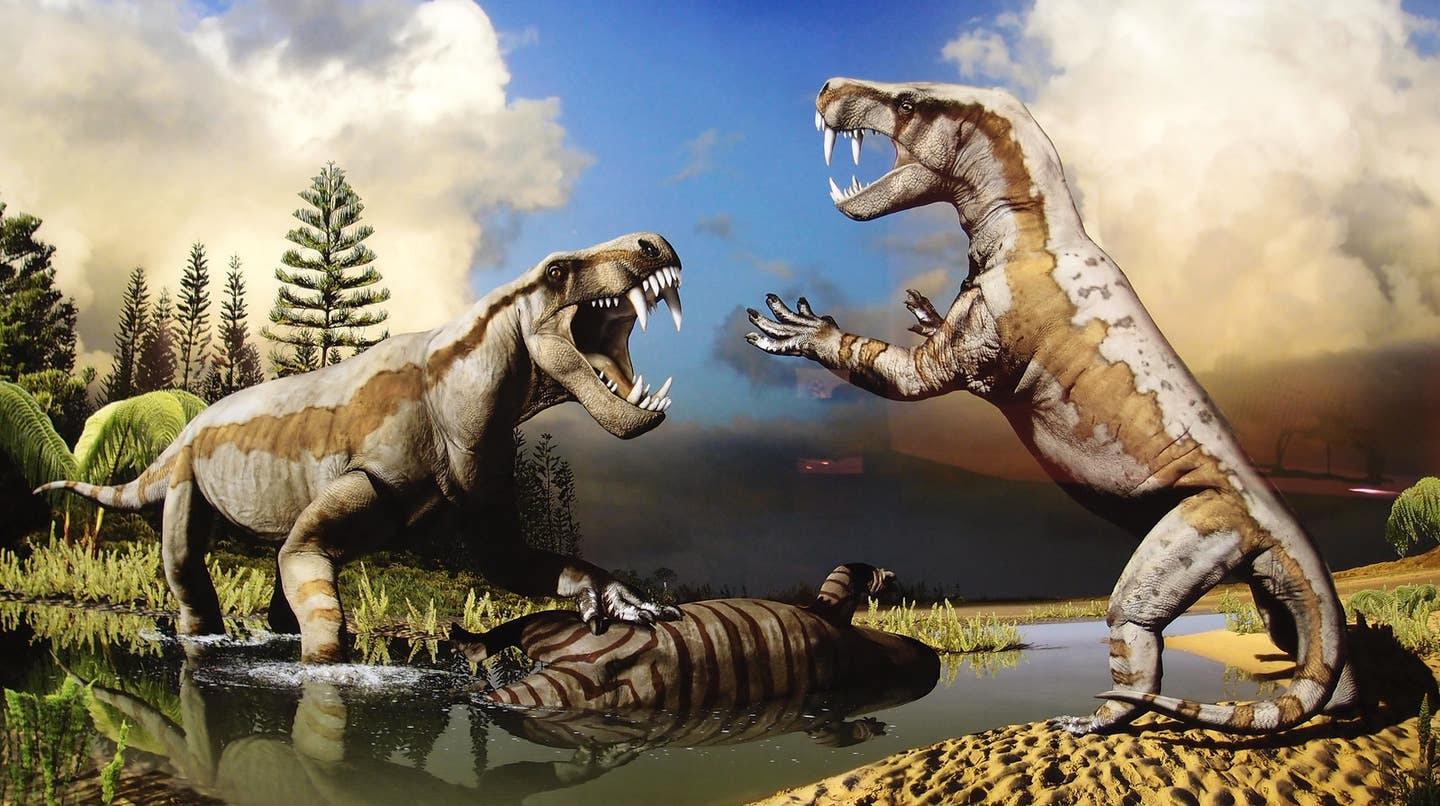Astronomers believe the universe isn’t just expanding – it’s spinning too
A new study proposes something bold. What if the universe isn’t just expanding—but spinning too?

A slow cosmic spin may explain why the universe’s expansion rate appears inconsistent—solving a long-standing mystery in physics. (CREDIT: ESA / Hubble)
In the grand puzzle of the cosmos, one question continues to defy easy answers: how fast is the universe expanding? Astronomers have tried two main methods to figure it out, but their numbers don’t match. The difference is small but stubborn—and it’s a serious problem. This mismatch, known as the Hubble tension, has shaken confidence in the model that’s long explained how the universe behaves.
Now, a new study proposes something bold. What if the universe isn’t just expanding—but spinning too?
A Cosmic Disagreement
To understand why this matters, it helps to know what’s at stake. Scientists use a number called the Hubble constant to describe the universe’s expansion rate. One method measures the light from stars and supernovae nearby. These are called standard candles because their brightness is well understood.
By comparing their true brightness to how dim they appear from Earth, astronomers can estimate how far away they are. Then, by comparing that distance to how fast the galaxy is moving away, they get the expansion rate for that part of the universe. This gives a value of around 73 kilometers per second per megaparsec.
Another method looks much farther back in time, to about 380,000 years after the Big Bang. That’s when the universe cooled enough to let light travel freely.
This light—called the cosmic microwave background, or CMB—is like a baby picture of the universe. Using this early signal, and assuming the standard model of cosmology is correct, scientists get a different number: about 67 kilometers per second per megaparsec.
These two numbers should agree. But they don’t. And both measurements have been fine-tuned so precisely that the gap is too wide to ignore.
Related Stories
Precision Meets Paradox
This conflict doesn’t just bother scientists—it threatens to shake the foundation of everything we think we know about the cosmos. That’s because the Hubble constant helps figure out how old the universe is, how big it is, and how it behaves over time. If that number’s wrong, so are those other answers.
A study led by Nobel laureate Adam Riess and his team used the Hubble Space Telescope to look at Cepheid variable stars—a special type of star used to measure distances—within the host galaxies of 42 Type Ia supernovae. With over 1,000 orbits of data, they gathered the most complete dataset to date. Their result strongly backed the higher expansion rate.
They used geometric calibration tools like Gaia EDR3 parallaxes, masers in NGC 4258, and detached eclipsing binaries in the Large Magellanic Cloud to keep their measurements solid.
Yet the result didn’t match the Planck CMB data, which assumes the standard Lambda Cold Dark Matter (ΛCDM) model. The mismatch came in at a confidence level of five sigma—strong enough to suggest the problem isn’t just experimental error.
That’s where new ideas come in.
A Twist in the Tale: Is the Universe Spinning?
In a paper published in Monthly Notices of the Royal Astronomical Society, István Szapudi from the University of Hawaiʻi at Mānoa and collaborators proposed a surprising fix. They added just a tiny amount of rotation to their model of the universe.
That small tweak was enough to solve the Hubble tension without breaking any rules of physics or existing observations. In their model, the universe spins so slowly that it would complete one full rotation every 500 billion years. That’s so gradual that it would be nearly impossible to detect directly—but not so small that it couldn’t change the way the cosmos expands.
“Much to our surprise, we found that our model with rotation resolves the paradox without contradicting current astronomical measurements. Even better, it is compatible with other models that assume rotation. Therefore, perhaps, everything really does turn,” Szapudi said.
This rotation idea might seem far-fetched, but it’s not entirely new. Famous mathematician Kurt Gödel introduced the idea of a rotating universe in 1947.
Others, including Silk, Heckmann, and Hawking, explored variations in later years. Though early versions ran into theoretical problems, recent models by Obukhov show that a rotating universe can exist without those issues. These newer models stay stable and match up with what we see.
The Spin of Everything
The idea gains strength from an interesting observation: everything in the universe spins. Planets rotate. Stars rotate. Black holes spin at near maximum speed, as shown by Daly in 2019. Even galaxies and galaxy clusters twist through space. So why not the universe itself?
Some hints already suggest rotation might be hiding in plain sight. A study by Migkas et al. (2021) found anisotropies—uneven expansion—in X-ray galaxy cluster data. And according to Pathria (1972), the universe might even sit inside a rotating black hole from a larger universe.
More than just a philosophical idea, the rotation model affects how far-off galaxies behave compared to closer ones. That could explain why supernova-based measurements (local universe) don’t match the CMB-based measurements (early universe). The farther out astronomers look, the more this slow spin would influence their results. So instead of one being right and the other wrong, both methods might be correct within their range.
Some alternatives to rotation have also been explored. Theories include massive neutrinos, weakly interacting massive particles (WIMPs), dark photons, and even an extended dark sector. Each brings something new to the table. Still, none have resolved the tension quite as cleanly as the rotating universe model.
What makes the rotation model especially compelling is how it mirrors other promising ideas. For example, dark photons—as described by Fabbrichesi, Gabrielli, and Lanfranchi (2021)—influence cosmic expansion in a similar way. Both models change the universe’s growth in a direction that aligns early- and late-time measurements.
What Comes Next?
The research team plans to turn their equations into a full computer model. That will help them make predictions that astronomers can look for in telescope data. If signs of cosmic rotation show up, it could finally close the book on the Hubble tension.
Even if the idea doesn’t pan out, it points to a valuable truth: science is willing to rethink its most basic ideas when the data demands it.
As Szapudi put it, the ancient Greek saying “Panta Rhei”—everything flows—might need a small update: “Panta Kykloutai”—everything turns.
If true, it would mean the entire universe is taking a slow, cosmic spin. And in doing so, it might be telling us something very deep about the nature of space, time, and everything in between.
Note: The article above provided above by The Brighter Side of News.
Like these kind of feel good stories? Get The Brighter Side of News' newsletter.
Joshua Shavit
Science & Technology Writer | AI and Robotics Reporter
Joshua Shavit is a Los Angeles-based science and technology writer with a passion for exploring the breakthroughs shaping the future. As a contributor to The Brighter Side of News, he focuses on positive and transformative advancements in AI, technology, physics, engineering, robotics and space science. Joshua is currently working towards a Bachelor of Science in Business Administration at the University of California, Berkeley. He combines his academic background with a talent for storytelling, making complex scientific discoveries engaging and accessible. His work highlights the innovators behind the ideas, bringing readers closer to the people driving progress.



